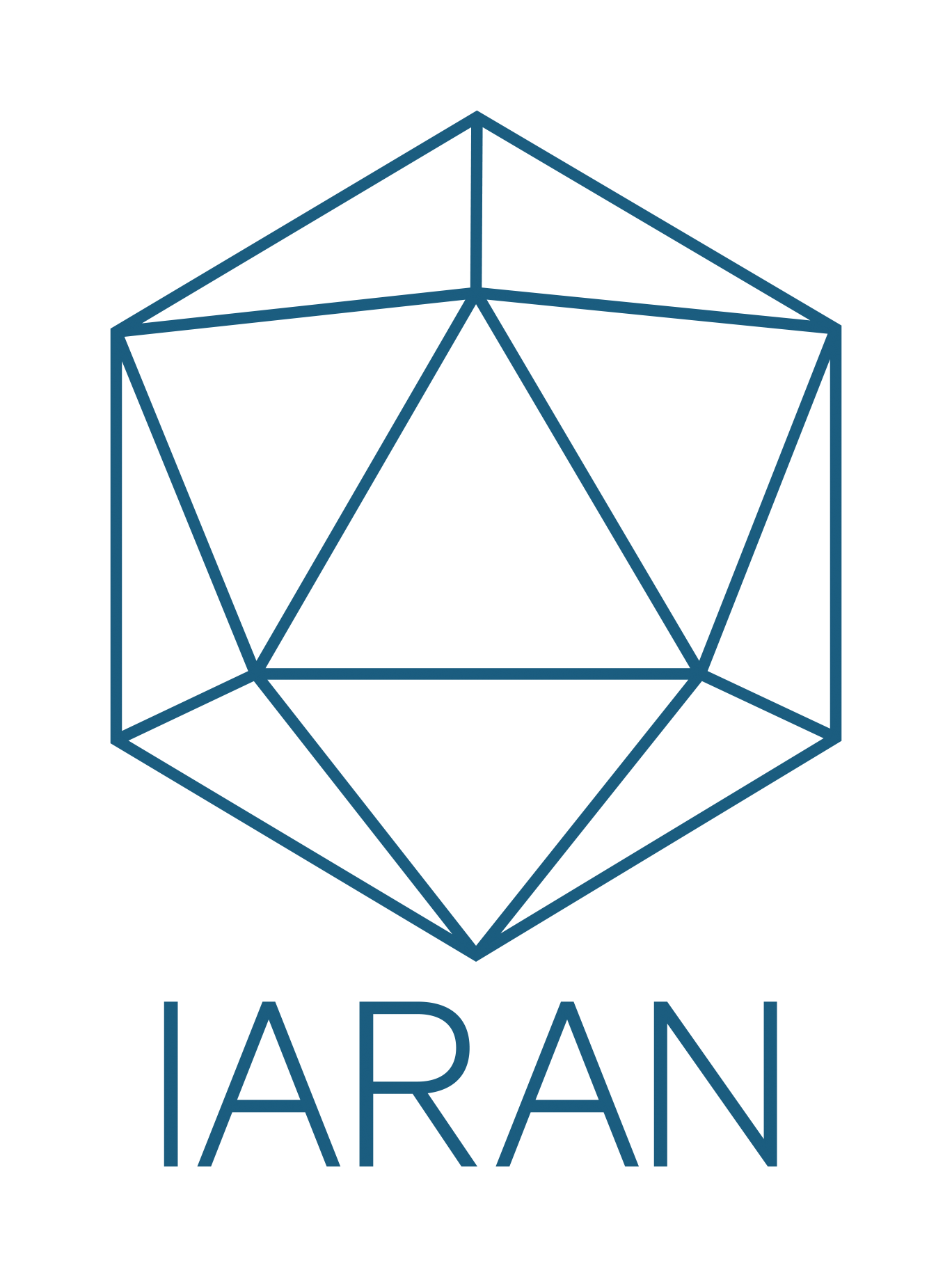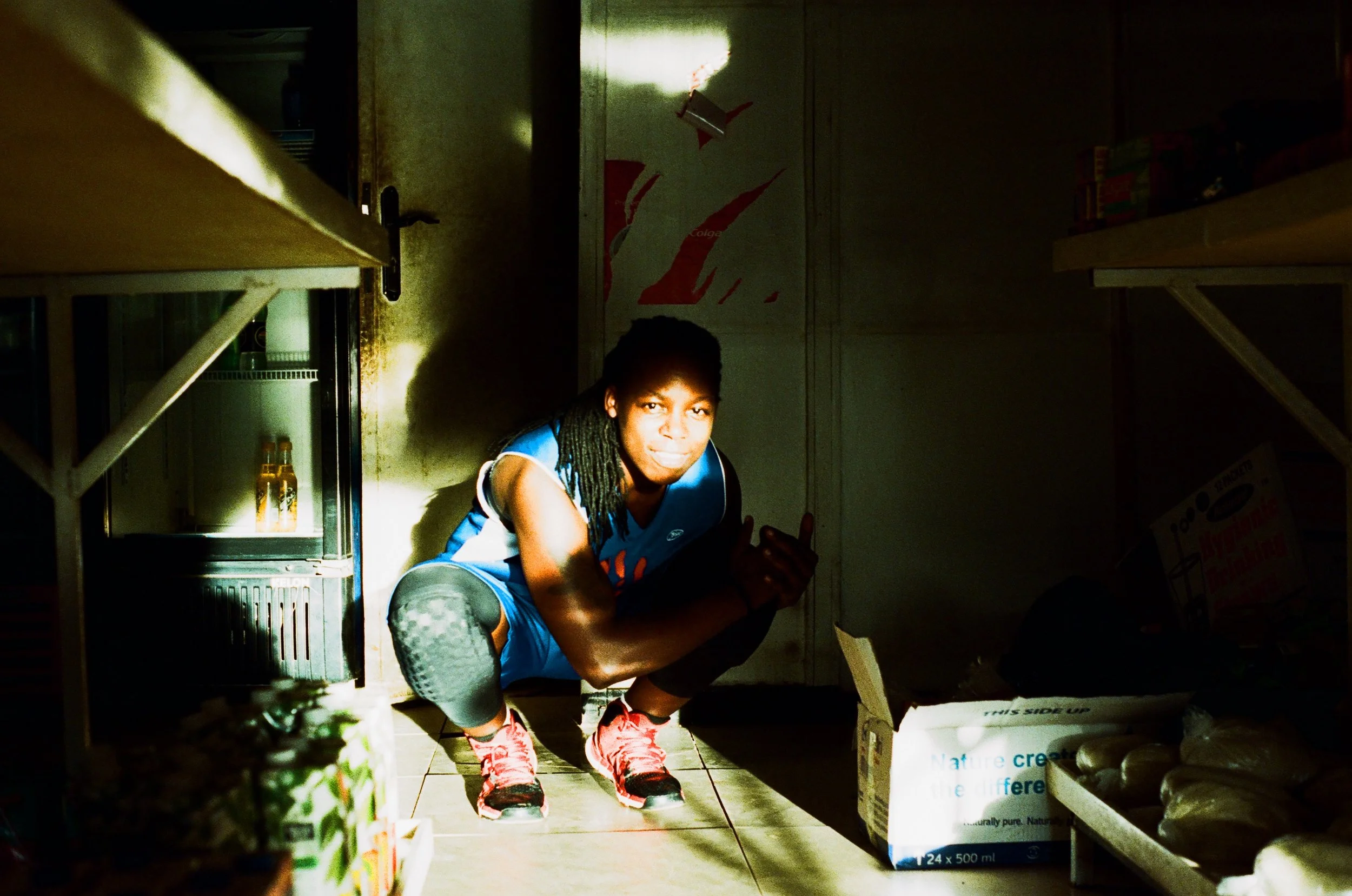For many across the world, May 17th takes a pertinent and personal meaning since becoming accustomed, and widely accepted, as the International Day against Homophobia, Biphobia and Transphobia, or more commonly known, and such referred to in this blog, as IDAHOBIT.
This year, to commemorate, we published our brand new report ‘A Global Outlook on LGBTI Social Exclusion to 2030’. Unfortunately, research has shown that LGBTI individuals around the world can often be excluded from society purely for being who they are. They can be prevented from accessing the fundamental basic needs that we all take for granted in the modern world, such as income, housing and healthcare. The repercussions of this means that, as a group, they are more likely to attempt suicide, experience poverty and be subjected to physical or sexual violence, even in those societies considered more progressive. This, as you can imagine, can cause feelings of alienation or inferiority.
Taking the above into consideration, we wrote this report to help support better strategic planning on international LGBTI issues and to ensure that the Sustainable Development Goals (SDGs) realize their potential as a vehicle to advance equality, through the “leave no one behind” agenda. Like all IARAN reports before it, we used strategic foresight to identify the major drivers of the situation, in this case LGBTI social exclusion, and measured their potential evolvement to 2030, the end date set to achieve the SDGs.
These drivers included political scapegoating, stigmatisation, religion, criminalisation and media representation and formed the basis of the discussion at our launch event in London on IDAHOBIT, featuring the formidable panel:
The Baroness Barker, Vice Chair of the All Party Parliamentary Group on Global LGBT rights
Leila Zadeh, Executive Director of the UK Lesbian and Gay Immigration Group
Michel Maietta, IARAN Director and Senior Research Fellow at Institut de relations internationales et stratégiques.
If you leave this blog with just one key point, let it be this – integration of LGBTI-inclusive dimensions into humanitarian action can only be fully achieved by humanitarian actors working together, in a collaborative fashion. As it stands, we know that the humanitarian sector is not doing enough to mainstream LGBTI-inclusive programming into their work. This has left a protracted humanitarian crisis. Addressing this crisis, is made even more difficult without reliable estimates of the scale of the crisis and the fact that LGBTI individuals are not contained to a single region, a point clarified profusely by our panelist Leila.
Within her role at the UKLGIG Leila explained that key drivers, such as stigmatisation and political scapegoating continue to rear their ugly heads even after resettling into a more liberal host country, as they now have an additional new identity as a refugee or migrant. The governmental policies for seeking asylum in the UK can have a much worse impact on LGBTI individuals. They may have to share accommodation with those who display discriminatory attitudes towards them and could face assault and harassment. Furthermore, unless there are sufficient services aimed towards them they can continue to feel unsafe in their new surroundings and ultimately forced back into the closet.
Therefore, in order to reduce social exclusion it is pivotal that the following occur;
LBGTI individuals must play a strategic role in any resettlement programmes they are to be involved in and
NGOs must work more inclusively with local organisations to respond more effectively and sensitively to the needs of those who are LGBTI and displaced, otherwise they will continue to be left behind.
We know that the largest issue with social exclusion of LGBTI individuals is stigmatisation – they are ascribed with negative attributes and differentiated from the wider hetero-normative society, facing prejudice and discrimination. Therefore, many are often afraid to come out, or are urged not to by family members or organisations they may work for. A safe environment is crucial. Baroness Barker rightly pointed out that this invisibility challenge means that LGBTI individuals may not feel safe to seek relevant support and services until they know they will be welcomed by them. This group is suffering and as humanitarians the sector has a duty to support them and change the behavior of the perpetrators. But, the sector must first change itself. The profile of these individuals must be raised in their own education campaigns and communication strategies, both internally and externally.
To further mainstream social inclusion within their programming, aid agencies must work collaboratively with local organisations, LGBTI individuals themselves and rights movements in order to respond more effectively to their needs. Michel Maietta hit the nail on the head when he asked; humanitarians are compelled to respond to the suffering of groups. There are as many as 36 million LGBTI individuals who could face persecution for being gay, so why are they still left behind by humanitarian aid?
Of course, there is a fine line between raising a profile and shouting from the rooftops. Aid agencies operate where need is highest, often in areas with cultural and religious divides and differing political climates where homosexuality is a crime. Punishments can often range in severity across the world, from imprisonment to death and so structural change is required. This must stem from strong leadership and it is therefore imperative that governments and agencies such as the UN play their part to mainstream social inclusion on the global stage, as well as through humanitarian aid. After all, they have pledged to support the SDGs, but further still, they have a duty to ensure that all individuals within their jurisdiction are safe and this must include those who are LGBTI. By working more closely together and shifting the focus towards a more inclusive programme, we can ensure that no one is left behind.
A long-term outlook is necessary to resolve this protracted crisis. It will not be quickly resolved, not by next year’s IHADOBIT in 2019, or even by 2030. As Baroness Barker helpfully reminded us, it took over 50 years for decriminalisation of homosexuality to be fully realised in the UK. What we do know, however, is that successfully challenging the drivers of social exclusion will require formal alliance building, sustained leadership, investment and structural changes to be made in many societies legally, culturally and socially. The “leave no one behind” agenda will not be achieved otherwise.
We recommend you read the full report for a complete in-depth analysis of the drivers of global LGBTI social exclusion, but if you want the key points, take a look at our two page executive summary. Both can be found at www.iaran.org/lgbti

